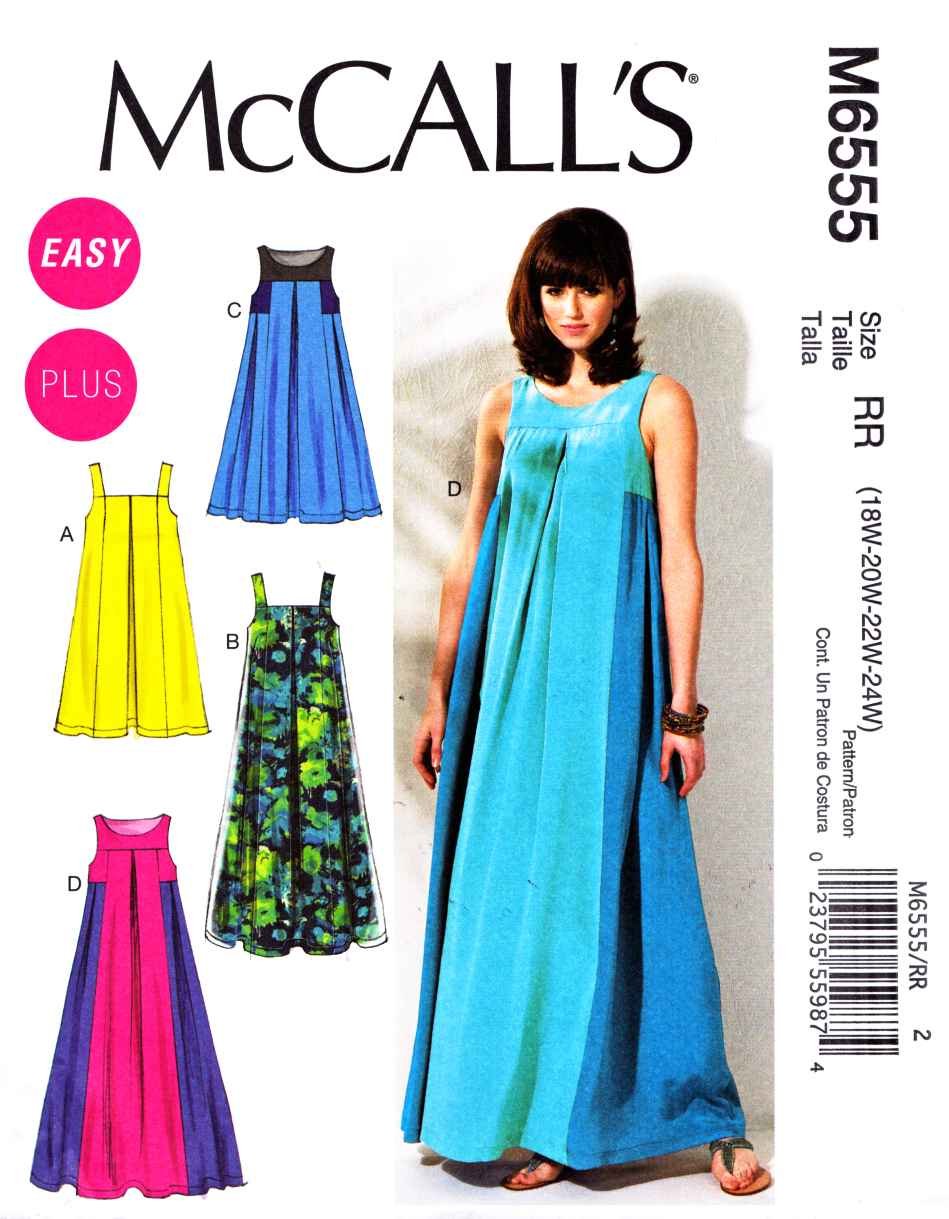
McCall led the way with the printed pattern and the color envelope, so let’s take a look at the progression of changes through their company. These two companies combined helped to create the home sewing pattern like we know it today. In this post, we’ll primarily at McCall, one of the two big companies who led the innovation in the early home pattern market- McCall and Butterick. Over the next nearly hundred years, home sewing patterns went through a transformation with top companies competing fiercely to be the first to bring new technology both in the way the actual patterns were made and presented to the instructions that aided the home sewer. Early patterns were folded tissue with a little piece of paper glued to the outside piece of tissue which included information and extremely brief, text only, instructions, an illustration and description of the finished garment, the size, and fabric requirements. These early patterns did not include printed markings or seam allowances, but had perforations (holes) and notches cut out. In 1863,Butterick created the first mass produced, sized, tissue paper home sewing pattern. Tissue Paper Patterns & The Technological Battle for Printed Patterns In fact, many times, a person would take this to their dressmaker and have them made for them, rather than making them for themselves at home. The home sewist was expected to have a very good familiarity with garment construction and basic pattern drafting in order to create their own garments. Many did not even tell what size a finished garment would be. All of these types of patterns did not include seam allowance, grainlines, notches, or other markings- other than the occasional mark for a roll line of a collar and, very occasionally, button placement. You would have to follow dotted lines that varied per piece in order to trace out a garment. Other magazines, both in America and in Europe, published periodicals that included a fold out pattern sheet with many lines overlapping each other, printed on both sides, which included ten or more garments. Peterson’s Magazine, and other fashion magazines, included an illustration of a garment and a small diagram for cutting in most issues. The same was true of dresses of the 19th century- certain pieces overlapped, and by grouping together, you saw which seams matched as well as what pieces went together. Sleeves often overlapped, as most were two-piece sleeves. Tailoring periodicals were published, and still often are, without a drawing of the finished garment, but with a layout showing the seamlines. Although I don’t have original 18th century sources to share, I do have original 19th century publications which I will share at a later date. These diagrams were often published in periodicals and books.
#MCCALLS SEWING PATTERNS PROFESSIONAL#
Sewing patterns were available to the home sewist and the professional dressmaker or tailor in in the form of diagrams, dating back until the 18th century. Let me break down a basic history of the printed pattern: The biggest factor that seems to dissuade sewers from using vintage patterns are the perforated, or unmarked, patterns.

#MCCALLS SEWING PATTERNS HOW TO#
And the instructions can be so minimal that you may feel like you need a decoder to just figure out how to put the thing together! In this series I will offer tips for using vintage patterns based on my experiences and research.



You may feel like you need a decipher to understand the markings. If you’ve ever pulled out a vintage pattern that has holes instead of printing, it may seem like a giant puzzle piece. I’ll also use this as a tool to help explain what I do with Wearing History patterns, since they’re often called “reproductions”, but, in actuality, after you follow through the series, you’ll come to see how pattern companies that offer “reproductions” differ from each other and also from the original source materials. I had been asked to post this to my blog, so I am finally getting around to doing it! I hope this will be a multiple part series, to help you understand how to use vintage patterns, as well as learn a little about their history. A few years ago I did a heavy amount of researching and preparing for a lecture I gave at Costume College.


 0 kommentar(er)
0 kommentar(er)
